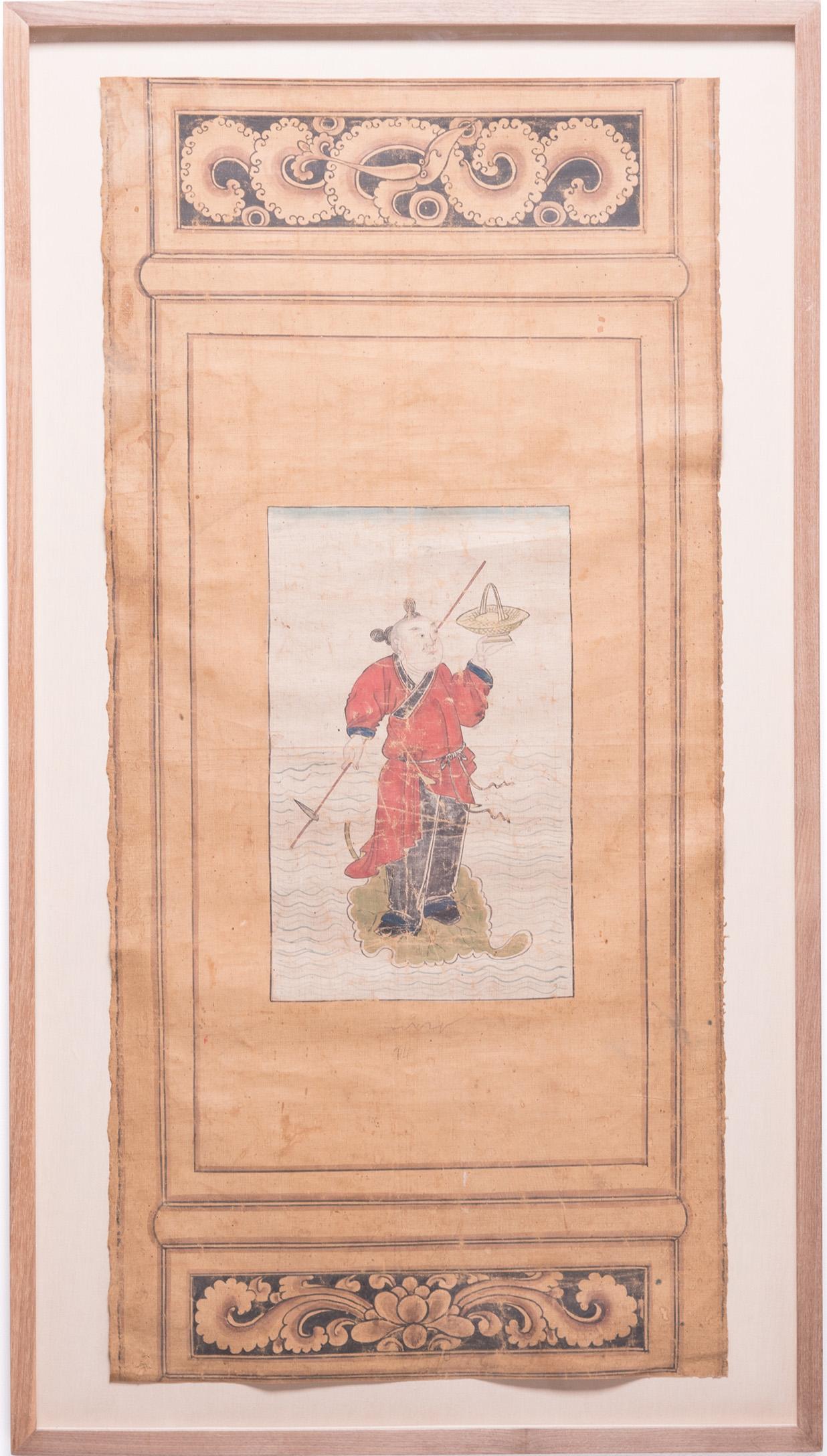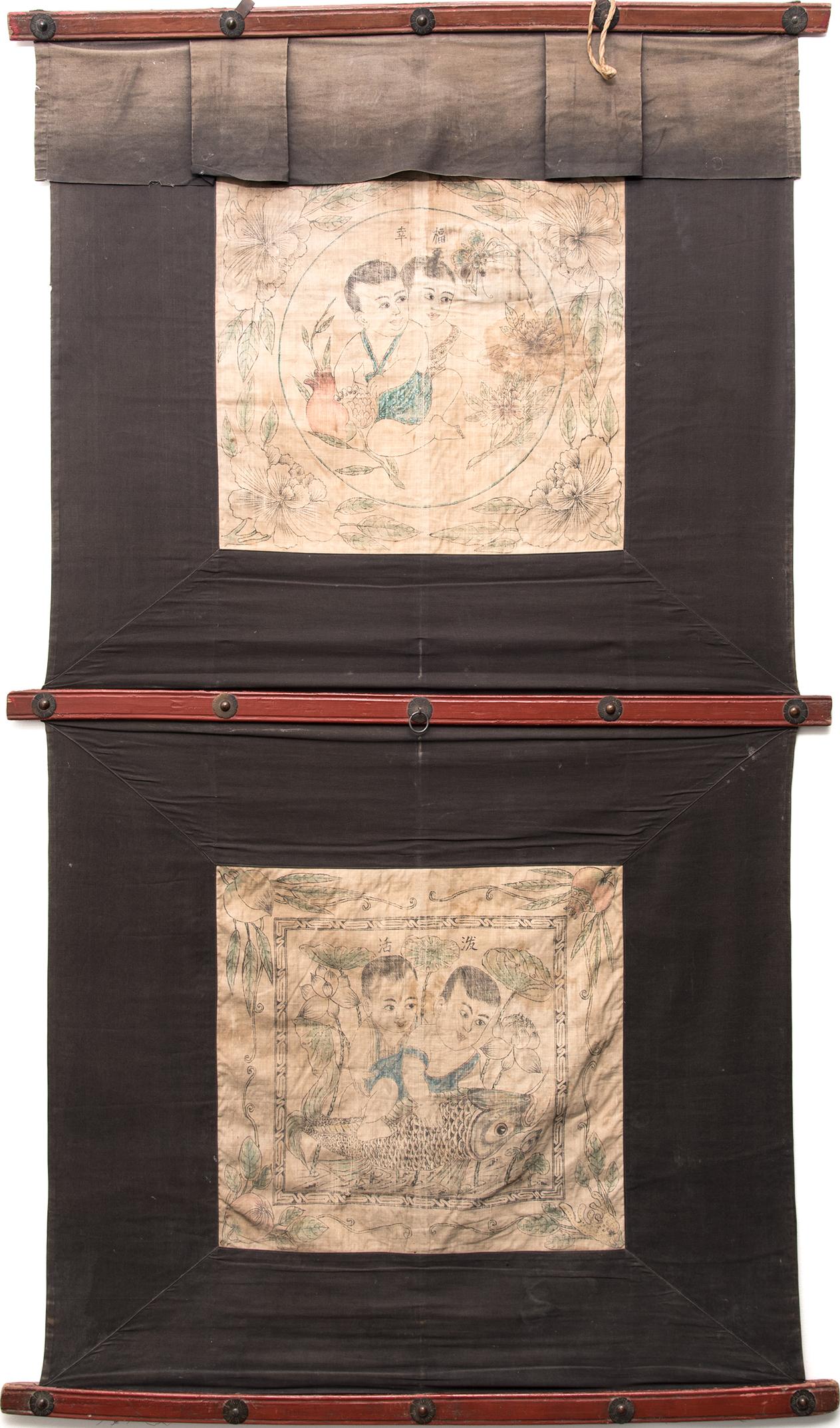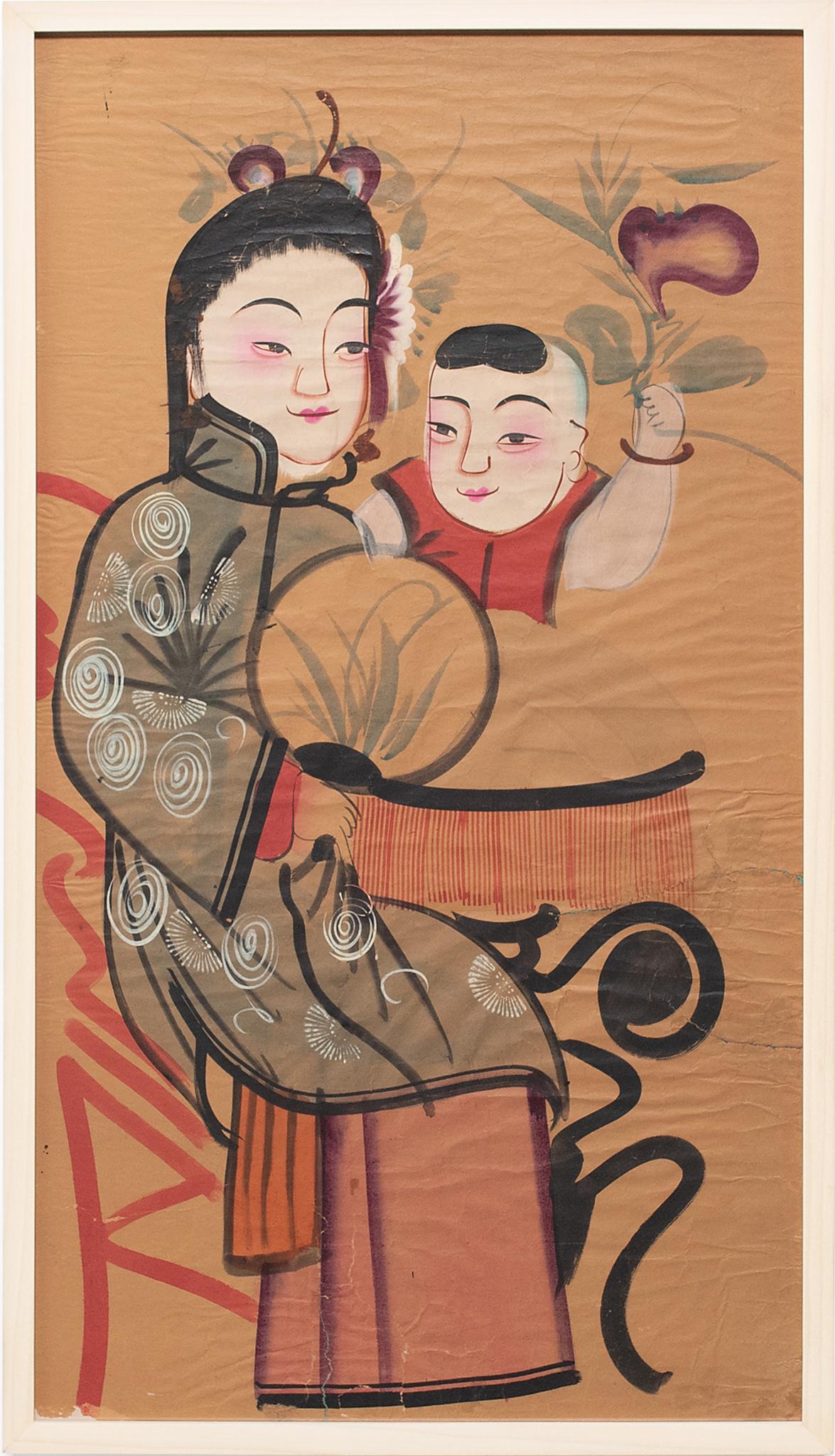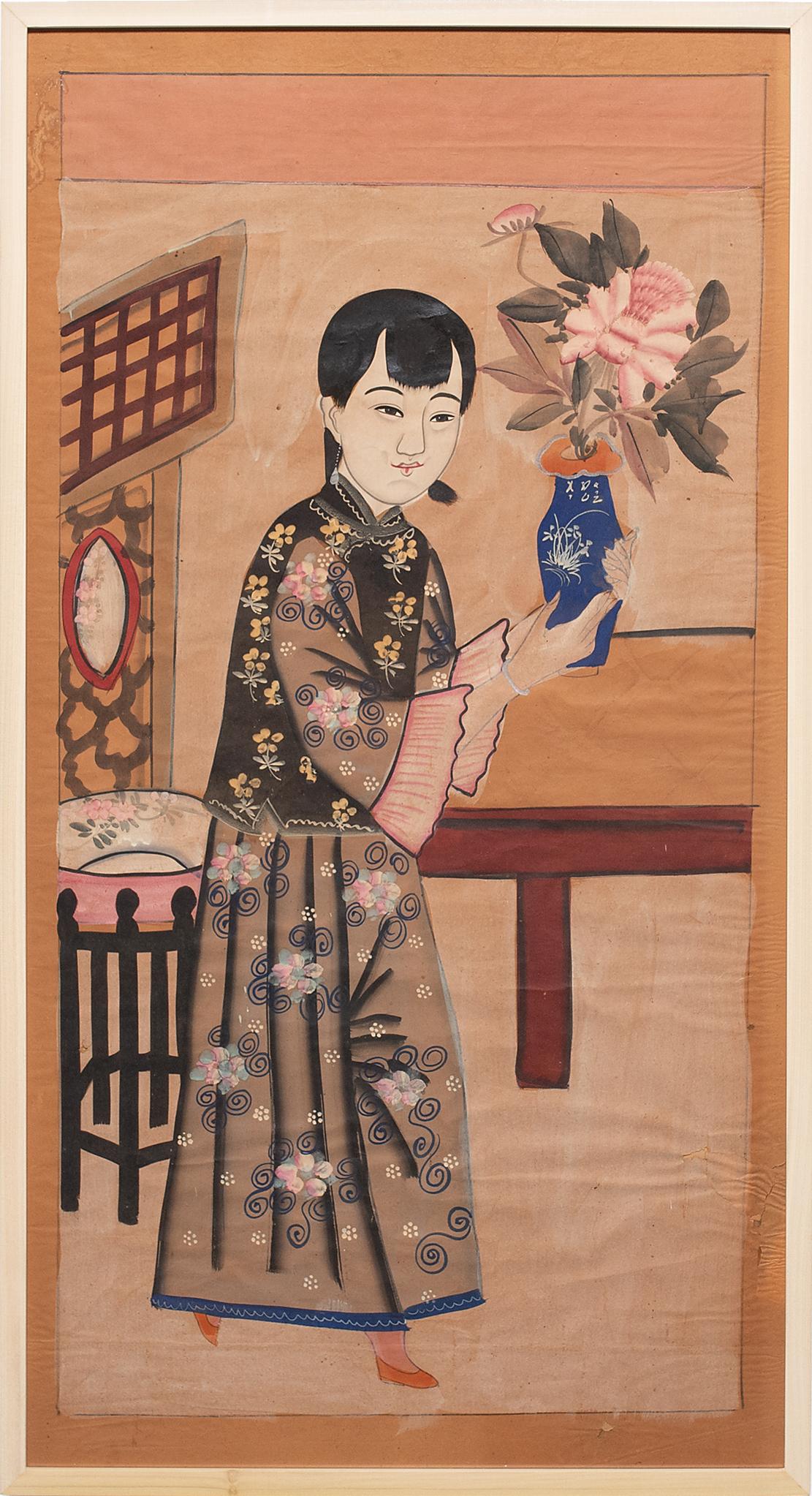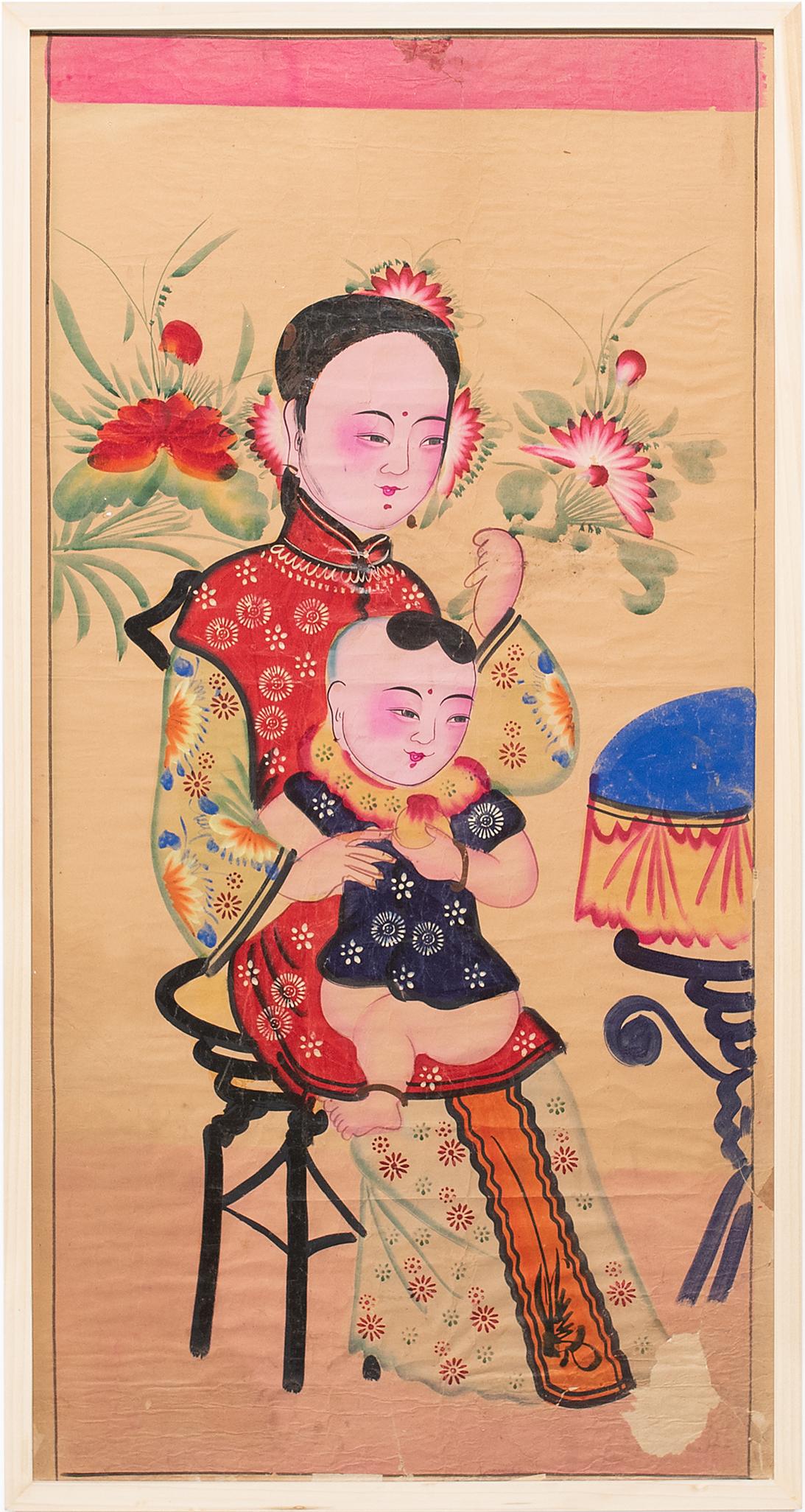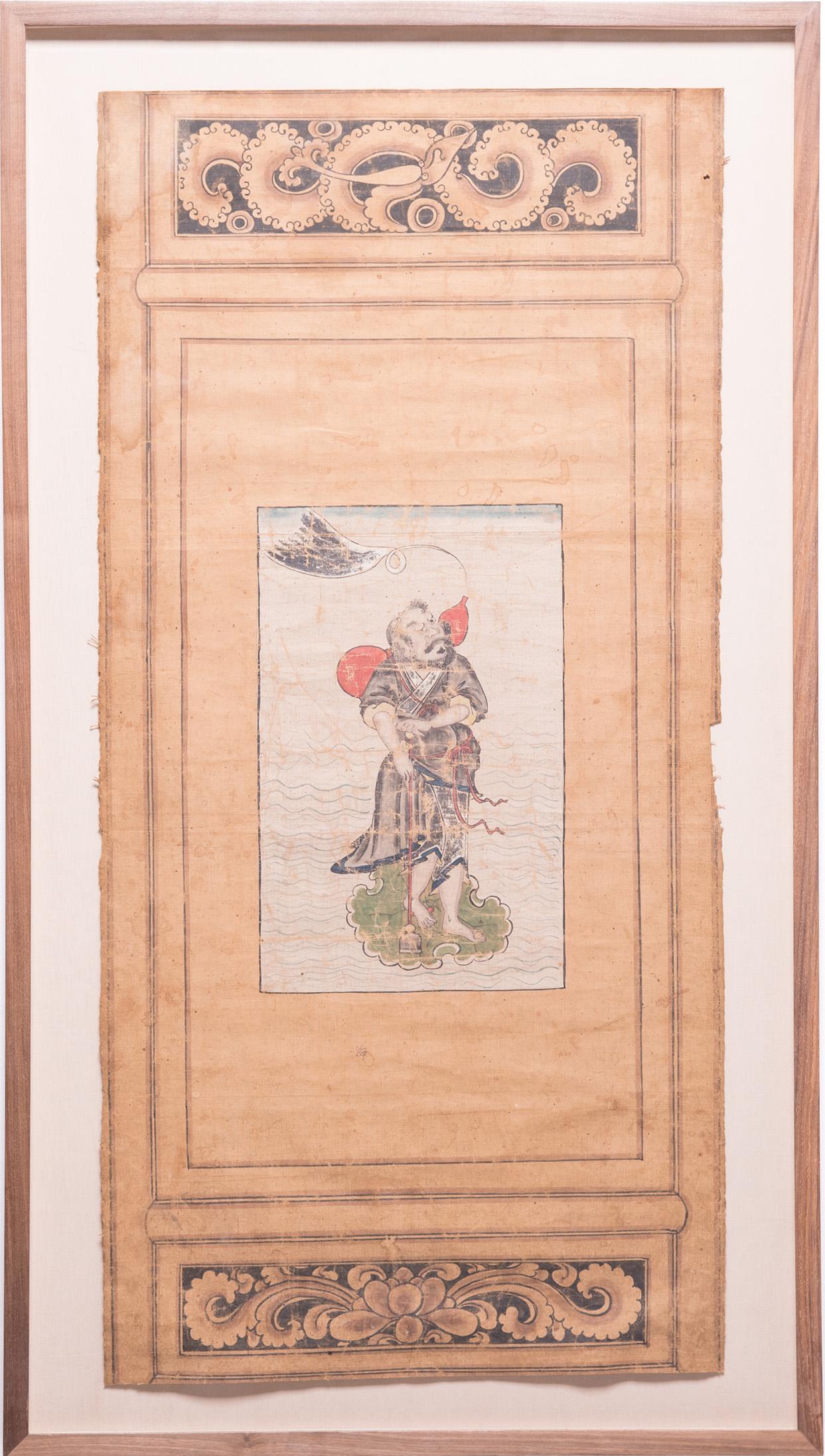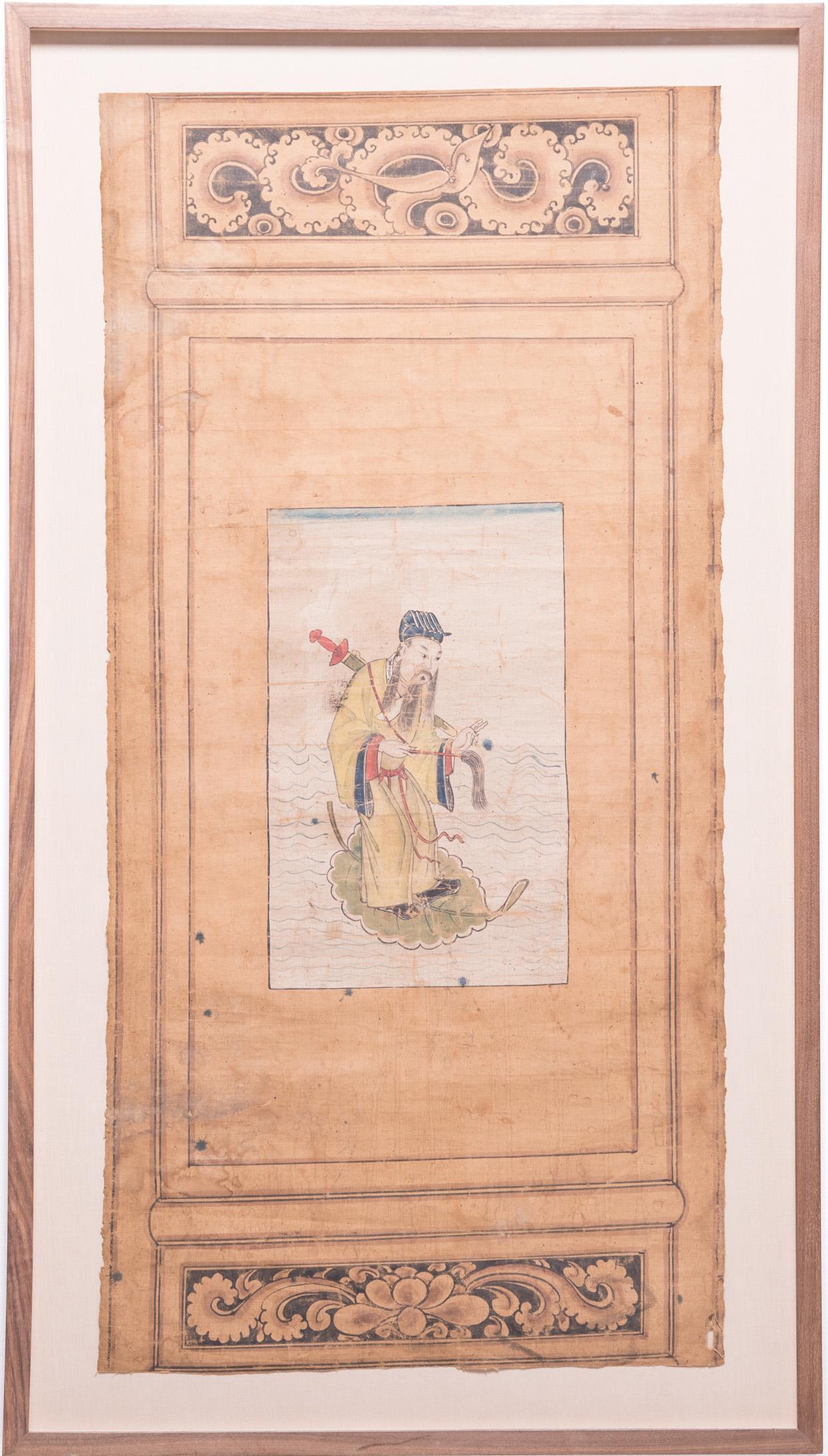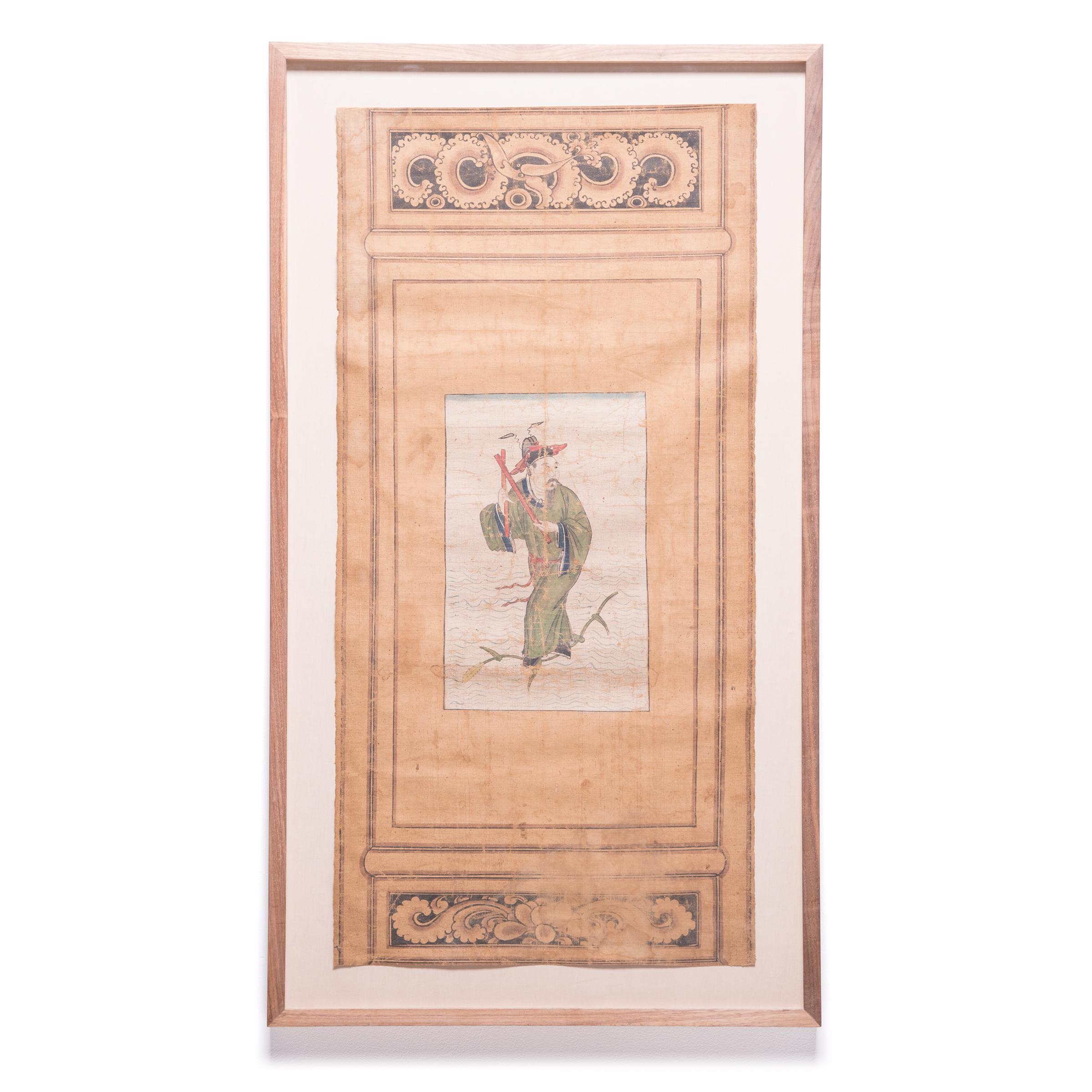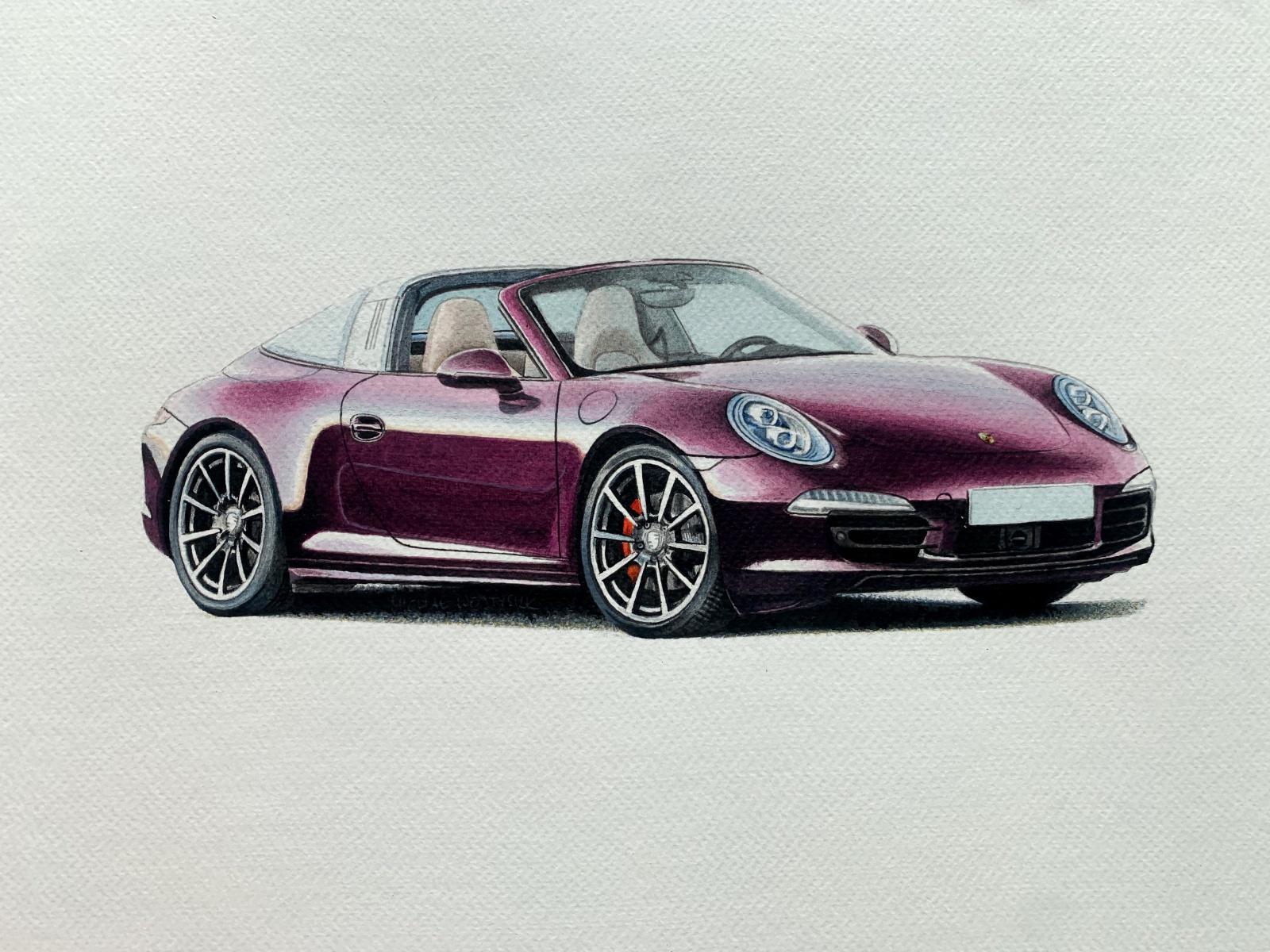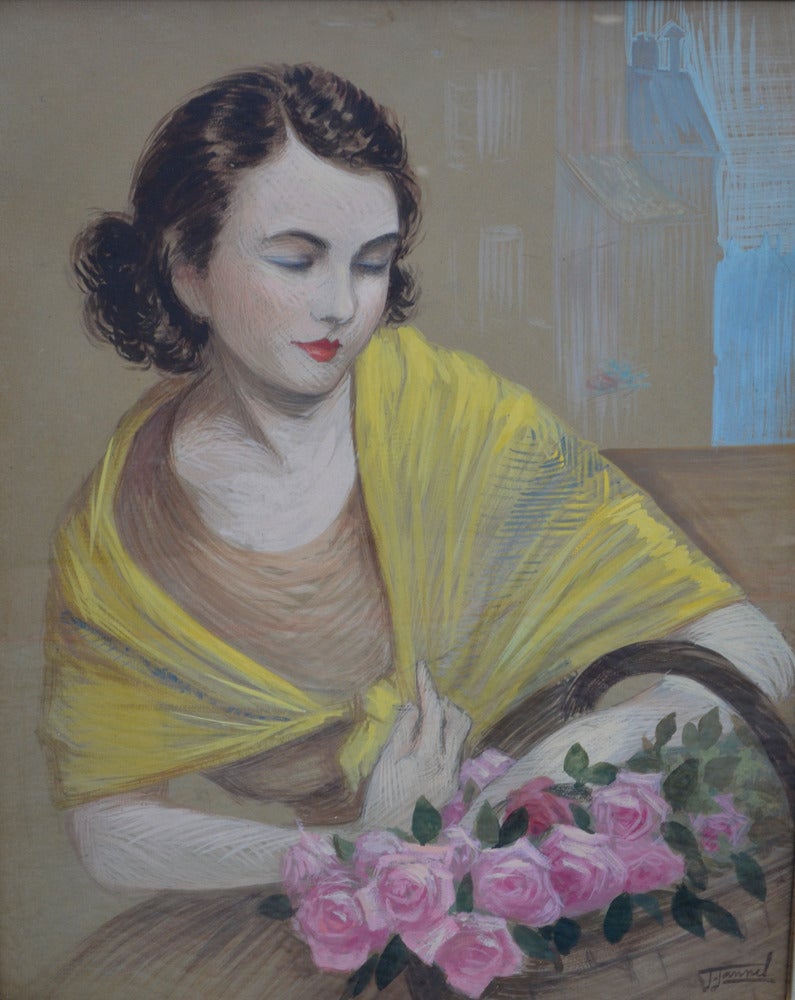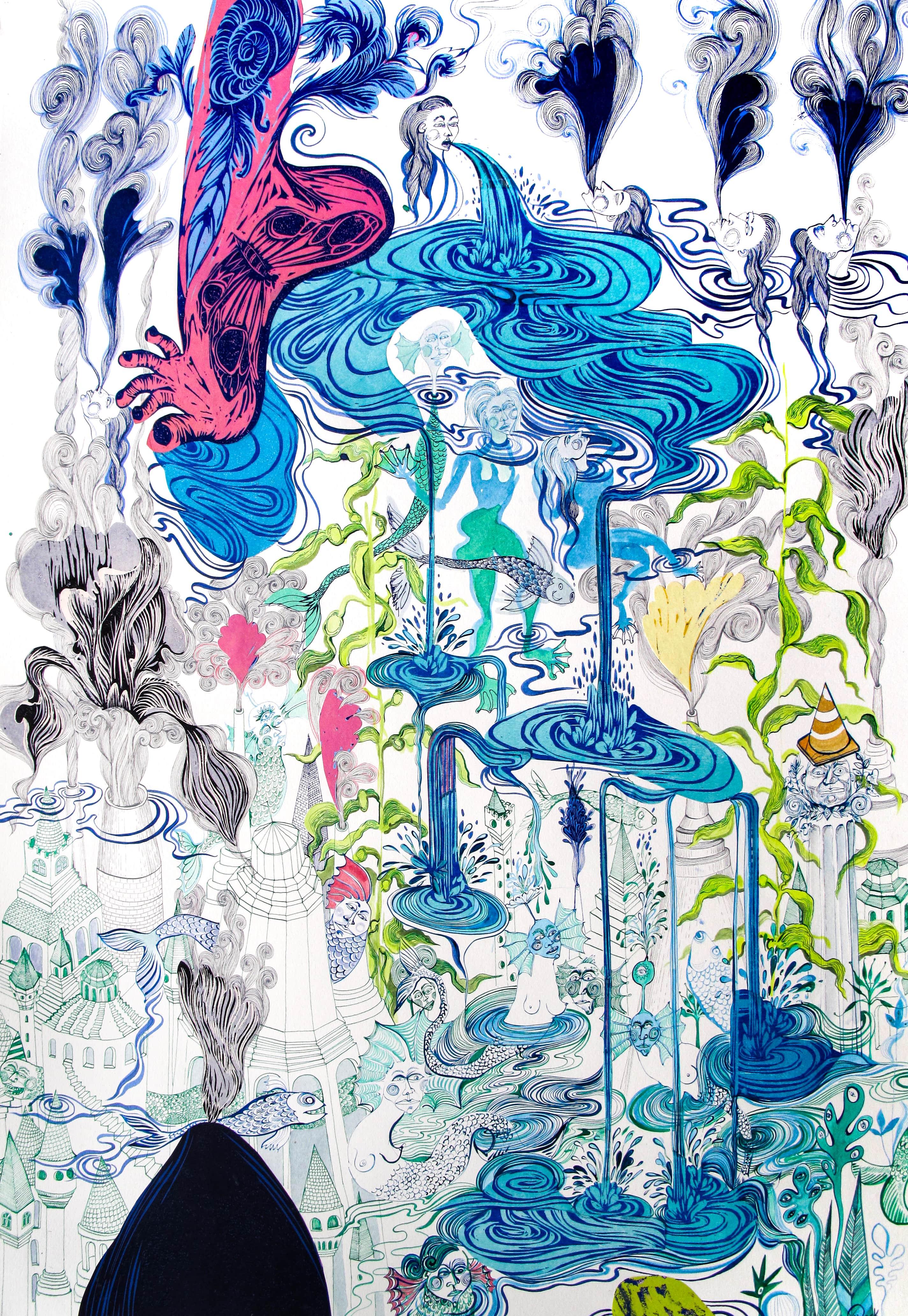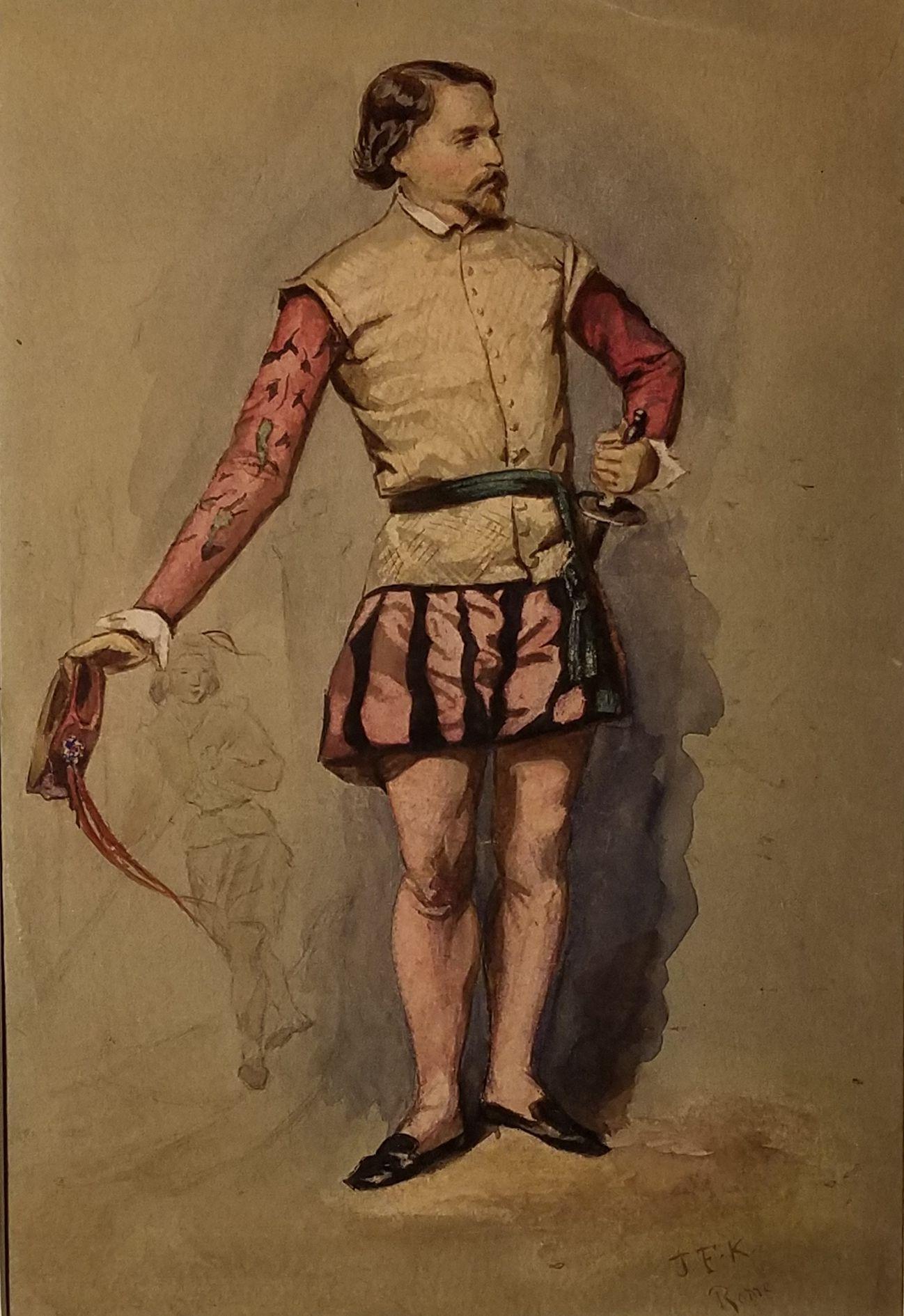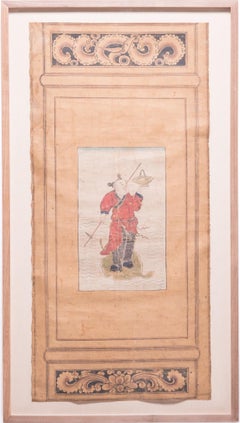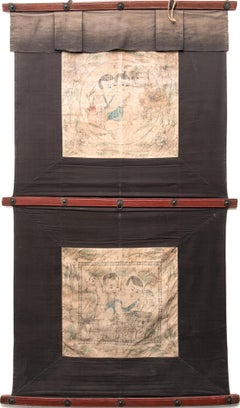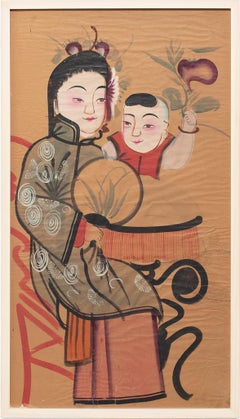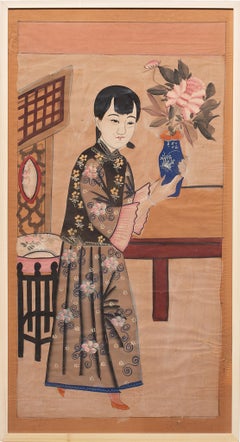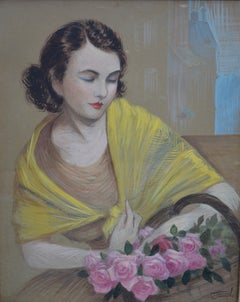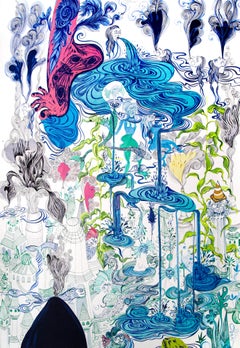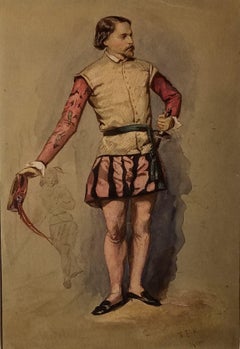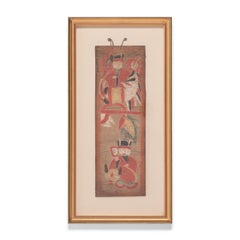
Taoist Ceremonial Scroll Painting, c. 1870
View Similar Items
Want more images or videos?
Request additional images or videos from the seller
1 of 8
UnknownTaoist Ceremonial Scroll Painting, c. 1870c. 1870
c. 1870
About the Item
- Creation Year:c. 1870
- Dimensions:Height: 29.25 in (74.3 cm)Width: 14.75 in (37.47 cm)Depth: 2 in (5.08 cm)
- Medium:
- Movement & Style:
- Period:
- Condition:
- Gallery Location:Chicago, IL
- Reference Number:Seller: CFC4301stDibs: LU1036311975282
About the Seller
5.0
Vetted Professional Seller
Every seller passes strict standards for authenticity and reliability
1stDibs seller since 2018
30 sales on 1stDibs
Authenticity Guarantee
In the unlikely event there’s an issue with an item’s authenticity, contact us within 1 year for a full refund. DetailsMoney-Back Guarantee
If your item is not as described, is damaged in transit, or does not arrive, contact us within 7 days for a full refund. Details24-Hour Cancellation
You have a 24-hour grace period in which to reconsider your purchase, with no questions asked.Vetted Professional Sellers
Our world-class sellers must adhere to strict standards for service and quality, maintaining the integrity of our listings.Price-Match Guarantee
If you find that a seller listed the same item for a lower price elsewhere, we’ll match it.Trusted Global Delivery
Our best-in-class carrier network provides specialized shipping options worldwide, including custom delivery.More From This Seller
View AllChinese Mythical Immortal Screen Painting, c. 1850
Located in Chicago, IL
Since the 12th century, people in China have used folding screens and doors to partition and decorate their homes - the vivid scenes backing the screens added life and color to a room. This 19th-century painting is delicately brushed of gouache and ink on fabric and was originally part of a set of eight backing a wooden screen in northern China.
The figure depicted is one of the mythical Eight Immortals of Taoism. Said to have attained immortality through their studies of the natural world, each of the Eight Immortals represents a different condition in life and together they impart a blessing of prosperity and longevity. Depicted here is immortal Lan Caihe, the patron saint of florists and gardeners. Standing atop a lotus leaf in open water, they hold a gardening hoe in one hand and a basket for flowers...
Category
Mid-19th Century Qing Figurative Paintings
Materials
Fabric, Ink, Pigment
"Love and Lotus Boys, " Ink on Linen Panels, 1850
Located in Chicago, IL
Drawn with a fine line and fresh, sketched quality, this folk hanging unites two scenes of lucky hoho lotus boys circumscribed in frames punctuated with fruits such as pomegranate, symbolic of prosperity and good fortune. On top, the two explore the natural wonders of the world...
Category
Mid-19th Century Qing Figurative Paintings
Materials
Fabric, Linen, Wood, Ink
Chinese Yangliuqing New Year Painting of Beauty and Baby, c. 1920
Located in Chicago, IL
Chinese New Year paintings (nian hua) are colorful folk paintings created to celebrate the annual Spring Festival. Drawn or printed by folk artists in regional studios, nian hua paintings featured exaggerated characters with bright and contrasting colors. Put up around the home to beckon luck and happiness in the coming year, most paintings depicted mythical guardians, scenes from folk operas, or auspicious symbols of good luck.
This New Year painting depicts a young woman with a child and is hand-painted in a palette of red, blue, and purple. Belonging to a genre known as 'beauties and babies,' the painting represents a harmonious family life. The early 20th century painting is from the town of Yangliuqing, one of the leading producers of traditional New Year's paintings known for its combination of woodblock printing...
Category
Early 20th Century Folk Art Figurative Paintings
Materials
Paper, Ink, Pigment
Chinese Yangliuqing New Year Painting, Ink and Lacquer on Paper
Located in Chicago, IL
Chinese New Year paintings (nian hua) are colorful folk paintings created to celebrate the annual Spring Festival. Drawn or printed by folk artists in regional studios, nian hua paintings featured exaggerated characters with bright and contrasting colors. Put up around the home to beckon luck and happiness in the coming year, most paintings depicted mythical guardians, scenes from folk operas, or auspicious symbols of good luck.
This New Year painting depicts a young woman holding a vase filled with peony blossoms. This combination of motifs is a visual idiom for "may you have peace and prosperity" (ping'an fu gui). The early 20th century painting is from the town of Yangliuqing, one of the leading producers of traditional New Year's paintings known for its combination of woodblock printing...
Category
Early 20th Century Folk Art Figurative Paintings
Materials
Paper, Ink, Pigment
Yangliuqing Longevity New Year Painting, c. 1920
Located in Chicago, IL
Chinese New Year paintings (nian hua) are colorful folk paintings created to celebrate the annual Spring Festival. Drawn or printed by folk artists in regional studios, nian hua pain...
Category
Early 20th Century Folk Art Figurative Paintings
Materials
Paper, Ink, Pigment
Chinese Mythical Immortal Screen Painting, c. 1850
Located in Chicago, IL
Since the 12th century, people in China have used folding screens and doors to partition and decorate their homes - the vivid scenes backing the screens added life and color to a roo...
Category
Mid-19th Century Figurative Paintings
Materials
Fabric, Ink, Pigment
You May Also Like
Porsche. Figurative realistic acrylic on paper painting Polish art, Car
By Michal Wojtysiak
Located in Warsaw, PL
Acrylic on paper contemporary figurative painting by Michal Wojtysiak. Artwork depicts Porsche 911 Targa 4s car in realistic style. The color is vibrant and saturated. Michal Wojtys...
Category
2010s Realist Figurative Drawings and Watercolors
Materials
Paper, Acrylic
Fleurs
By Jean Jannel
Located in West Hollywood, CA
An original Pastel by French artist Jean Jannel, known for his figurative, genre portraits.
Fleurs, is an original pastel on paper, signed, c.1930, offered superbly framed.
Category
1930s Art Deco Figurative Paintings
Materials
Oil Pastel, Paper
Price Upon Request
Large Surrealist Royal College of Art LGBTQ+ Women painting Blue Foot Foliage
By Isabel Rock
Located in Norfolk, GB
Isabel Rock is a creator of contemporary fairy tales. A graduate of the Royal College of Art in London, her work is an explosion of strange occurrences while a surreal narrative take...
Category
2010s Surrealist Figurative Drawings and Watercolors
Materials
Mixed Media, Paint, Archival Paper, Pen
"Portrait of an Italian Fencer, " John Frederick Kensett, Hudson River School
By John Frederick Kensett
Located in New York, NY
John Frederick Kensett (1816 - 1872)
Portrait of an Italian Fencer, circa 1845-47
Watercolor on wove paper
13 1/8 x 8 1/8 inches
Signed with initials and inscribed lower right "J.F.K. Rome"
From October 1845 through the spring of 1847, Kensett lived in Rome. He attended classes where he sketched from live models, and he sketched in the countryside outside Rome and around Florence, Perugia, and Venice, places he visited with his artist friends. He fulfilled commissions for paintings from Americans in Italy, and by 1847 his career was well established.
Son of an English immigrant engraver, John Kensett lacked enthusiasm for that medium and became one of the most accomplished painters of the second generation of Hudson River School painters. His reputation is for Luminism, careful depiction of light, weather, and atmosphere as they affect color and texture of natural forms. He was particularly influenced by the painting of Asher Durand in that he focused on realism and detail rather than the highly dramatic views associated with Thomas Cole. Going to the western United States in the mid 1850s and the 1860s, he was the first of the Hudson River School painters to explore and paint the West.
Kensett was born and raised in Cheshire, Connecticut, and learned his engraving from his father, Thomas Kensett with whom he worked in New Haven, Connecticut until 1829. He continued working until 1840 as an engraver of labels, banknotes and maps and was employed part of that time by the American Bank Note Company in New York City. There he met Thomas Rossiter, John Casilear, and other artists who urged him to pursue painting. In 1840, he and Rossiter, Asher Durand, and Casilear went to Europe where Kensett stayed for seven years and supported himself by doing engraving but became accomplished in landscape painting.
Having sent canvases of Italian landscapes back to New York, he had a reputation for skillful painting that preceded him. When he returned to New York City in 1847, he was an "instant success" and very sought after by collectors. Two of his Italian landscapes had already been purchased by the American Art Union. By 1849, he was a full member of the National Academy of Design and was generally popular among his peers. His studio was a gathering place with travelers stopping by to see his canvases and to identify "precise locations in the Catskills or Newport or New England in the oil sketches and drawings that covered his walls." (Zellman 170). For the women, he was a popular bachelor, "romantic looking with high forehead and sensitive expression." (Samuels 262)
He was also sought after by many organizations. Among his activities were serving on the committee to oversee the decoration of the United States Capitol in Washington DC, and becoming one of the founders of the Metropolitan Museum in New York.
An inveterate traveler, Kensett spent summers on painting excursions away from New York City. One of these trips was a special painting excursion with fifteen other artists sponsored by the B & O Railroad from Baltimore, Maryland to Wheeling, West Virginia. Unlike many of the Hudson River painters...
Category
1840s Hudson River School Figurative Paintings
Materials
Paper, Watercolor
Expressionist Gouache and Watercolour Study for 'Alexander and His Army'.
Located in Cotignac, FR
French late 20th century watercolour and gouache study for the series 'Alexander and His Army' by Stephane Lovighi-Bourgogne. Presented in plain wood frame.
A strong and forceful de...
Category
Late 20th Century Expressionist Figurative Drawings and Watercolors
Materials
Paper, Watercolor, Gouache
Ted Williams - Baseball Great, Outfielder for the Boston Red Sox, Framed
By Margie Lawrence
Located in Chicago, IL
Ted Williams was an American professional baseball player and manager. He played his entire 19-year Major League Baseball career, primarily as a left fielder for the Boston Red Sox...
Category
2010s Contemporary Figurative Drawings and Watercolors
Materials
Graphite, Acrylic, Paper
